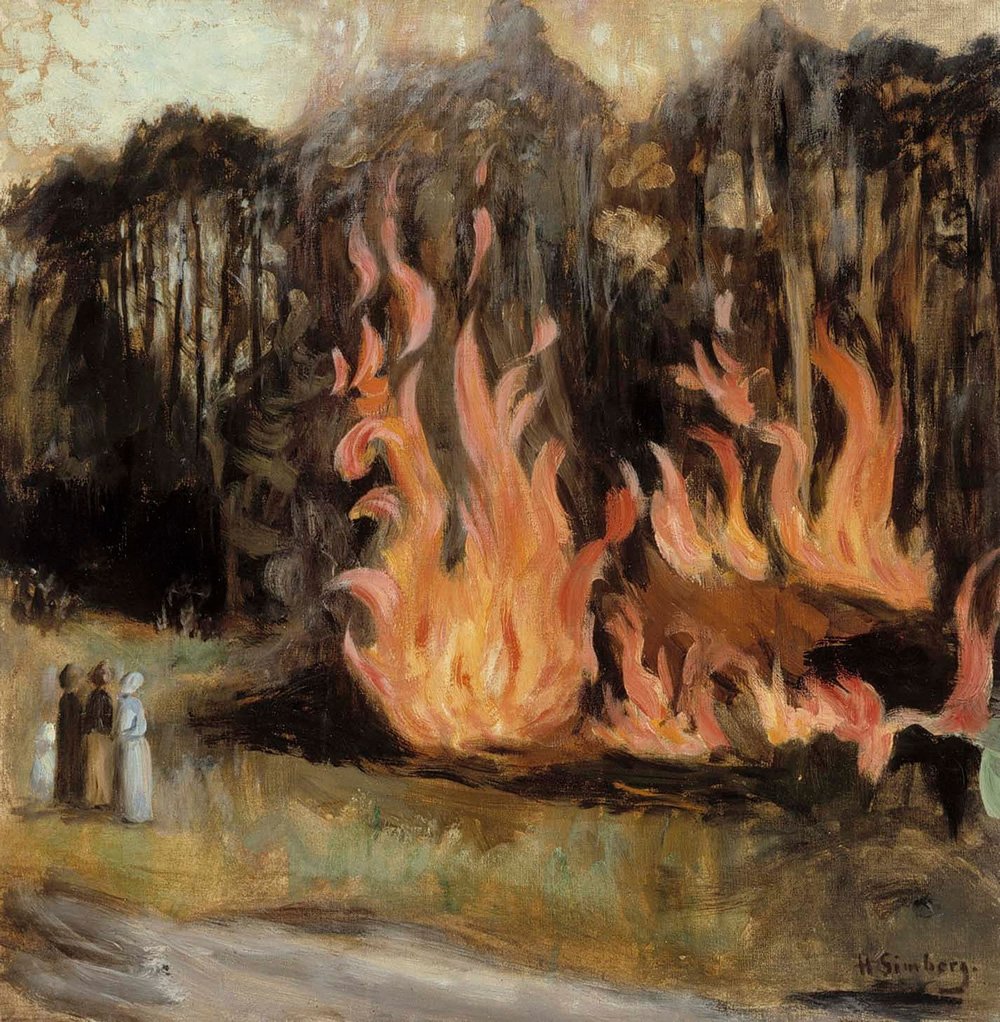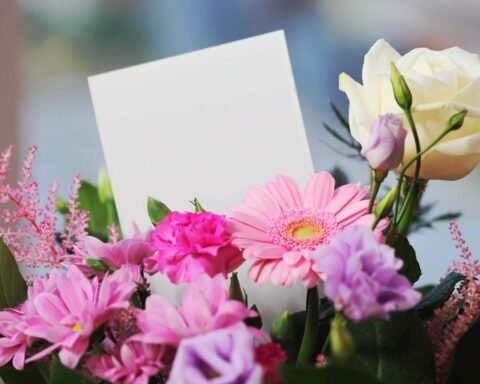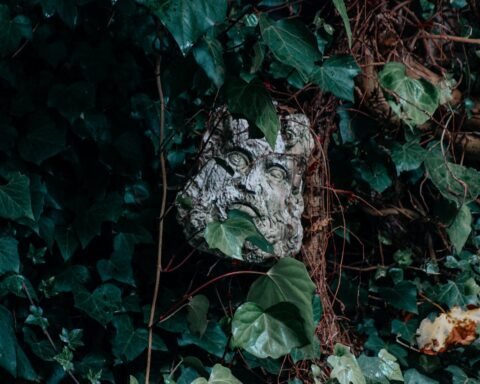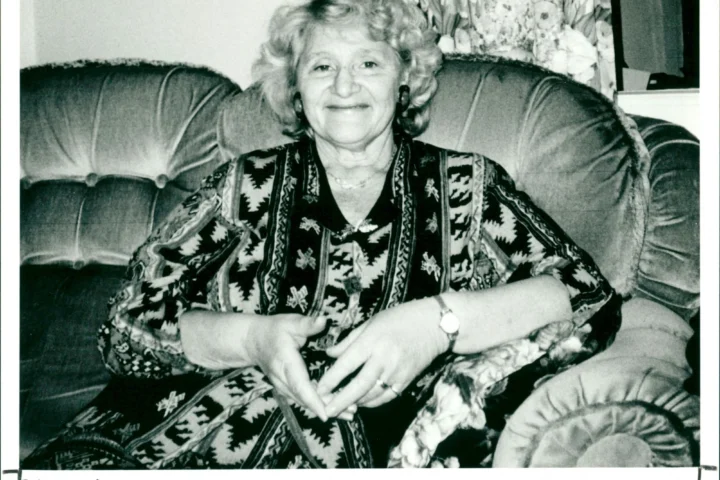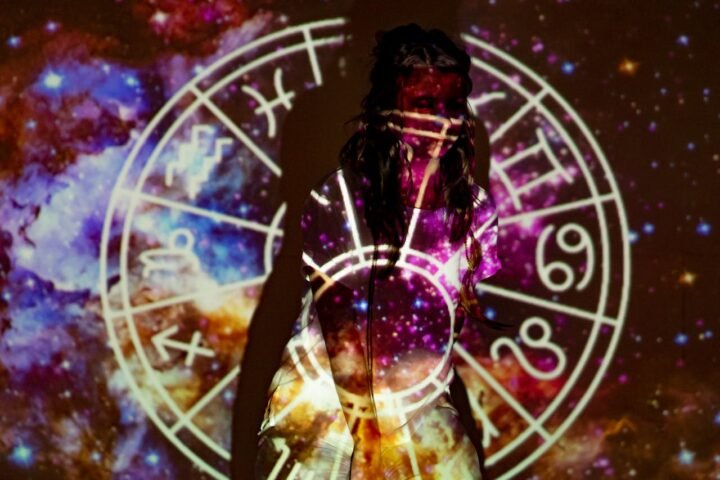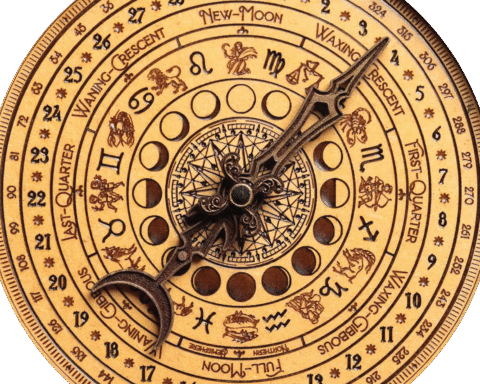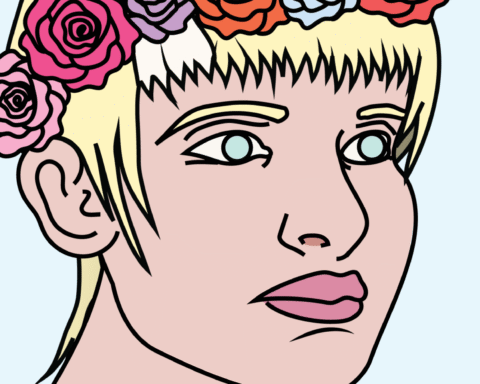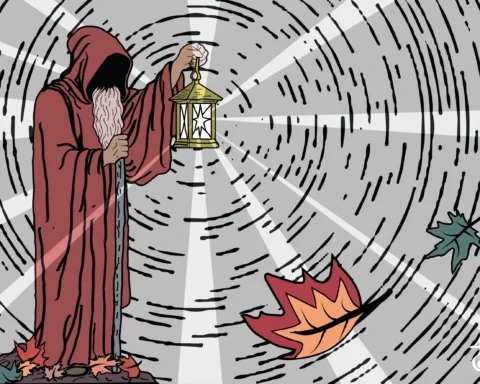As the chill of winter yields to the warmth of spring, communities around the world prepare to celebrate Beltane—a vibrant festival steeped in ancient traditions and cultural significance. Held on May 1st, Beltane marks the midpoint between the spring equinox and the summer solstice, a time for honoring fertility, abundance, and the rekindling of life. In contemporary society, these rituals not only resonate with agricultural cycles but also serve as a profound reminder of nature’s rejuvenating powers.
Historical Roots of Beltane
With roots tracing back to Celtic pagan traditions, Beltane was celebrated in regions that are now Ireland, Scotland, and Wales. According to folklorist Ronald Hutton, this festival was integral to the Celtic calendar, where it symbolized the return of the sun and the flourishing of crops (Hutton, 1996). The etymology of “Beltane” is often linked to “Beltine,” a word meaning “bright fire,” referencing the bonfires that were traditionally lit to protect cattle, crops, and people. These fires served as a way to promote growth and prosperity during the upcoming summer months.
The rituals of Beltane varied across regions and cultures, but they commonly included maypole dancing, fire ceremonies, and the invocation of fertility deities. The celebrations were marked by a communal spirit, with people gathering to revel in music, dance, and feasting, embodying the essence of spring’s bounty.
Modern Interpretations and Practices
Today, Beltane is enjoyed by a variety of communities, from neo-pagans and Wiccans to those simply seeking to reconnect with nature and its cycles. Celebrations vary widely, but a common theme remains: a focus on fertility and abundance—both in a literal and metaphorical sense.
In urban areas, such as New York City, Beltane has blossomed into dynamic events that attract diverse groups. Local organizations, such as The Brooklyn Pagan Festival and other grassroot groups, host gatherings that include workshops, rituals, and community feasts. These events create a space where individuals can engage with the rhythms of nature and explore personal and collective intention.
During Beltane, maypole dancing remains a beloved tradition. Participants weave colorful ribbons around a tall pole, symbolizing the intertwining of male and female energies. This dance exemplifies fertility, union, and the interconnectedness of life—a poignant reminder amidst the hustle of urban living. According to festival organizer Heather Greene, who leads Beltane celebrations in New York, “These rituals allow people to connect with each other and the earth. We celebrate the diversity of life and our shared human experience” (Greene, 2023).
Fire and Fertility
Fire plays a central role in Beltane rituals, symbolizing purification and transformation. Traditionally, bonfires were lit on hilltops, where communities would gather to dance, jump over flames, and pass livestock through the fire as a rite of blessing. The flames were believed to bring warmth and protection, ensuring a bountiful harvest.
In contemporary practices, fire ceremonies are adapted to suit urban spaces. Many Beltane celebrations feature smaller fires or even symbolic lighting of candles. Rituals often incorporate offerings to nature, such as flowers and herbs, which are then burned, representing the releasing of old energies and the welcoming of new growth.
“Fire rituals are a way to harness the energy of transformation,” says Dr. Amara Hart, an anthropologist specializing in contemporary pagan practices. “Participants often report feelings of renewal and empowerment, aligning them with nature’s cycles” (Hart, 2023).
Celebrating Abundance and Community
Beltane has evolved into more than just a celebration of fertility; it embodies the spirit of community and cooperation. Local gatherings often feature communal feasts, where people share food and stories, strengthening bonds and fostering connections. In a time when isolation can feel pervasive, these moments of gathering serve as a vital reaffirmation of community resilience.
With modern challenges such as climate change and social injustice on the horizon, the principles of Beltane resonate more than ever. The festival encourages mindfulness around the abundance that nature provides and the significance of sustainable practices. Many communities intertwine ecological themes into their celebrations, advocating for food justice and environmental stewardship.
As urban populations continue to grow, the call to reconnect with nature’s cycles through traditions like Beltane becomes even more essential. In the words of Greene, “By honoring these rituals, we not only celebrate but also remind ourselves of our responsibility to the earth and to each other” (Greene, 2023).
Conclusion
Beltane, with its rich tapestry of history, spirituality, and community, invites individuals to partake in a celebration of life, growth, and interconnectedness. As the seasons turn and the earth awakens, rituals from centuries past remind us of our enduring relationship with nature and the potential for renewal. Whether through bonfires, dancing, or simply gathering with loved ones, Beltane stands as a powerful testament to the human spirit’s resilience and the collective welcome of spring’s embrace.
References
- Greene, Heather. “Celebrating Beltane in New York: The Spirit of Community.” Interview by [Author’s Name]. April 2023.
- Hart, Amara. “Rituals of Renewal: The Role of Fire in Contemporary Practices.” Interview by [Author’s Name]. April 2023.
- Hutton, Ronald. Stations of the Sun: A History of the Ritual Year in Britain. Oxford University Press, 1996.


